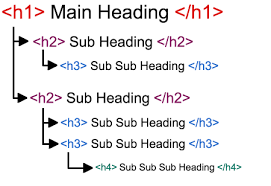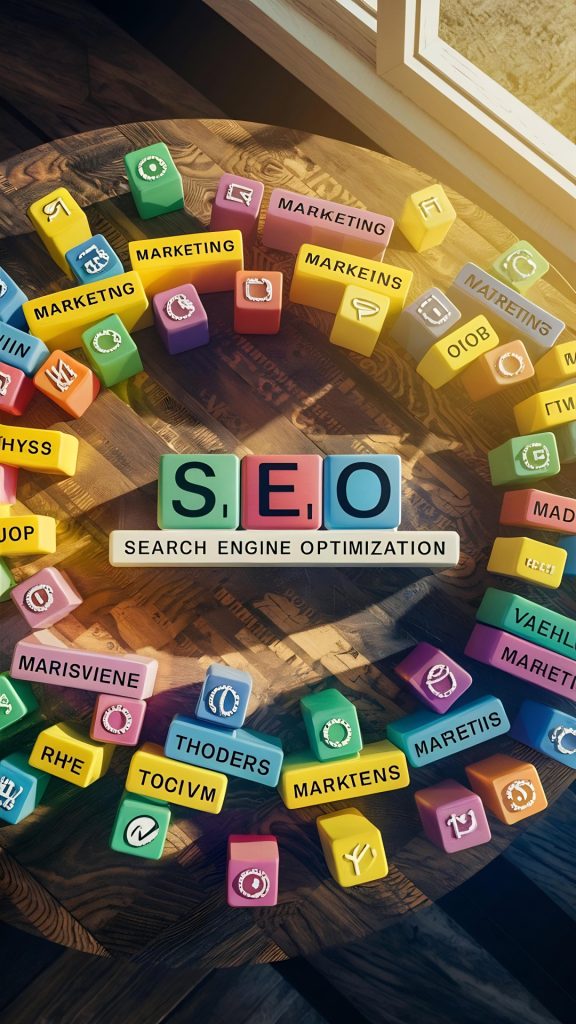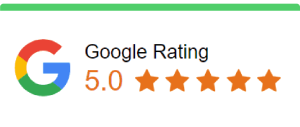For years, many SEO professionals have believed that the way they structure headings on a webpage can make or break their search engine rankings. Headings were often treated as key elements that could give a website an edge in Google’s algorithm. However, according to John Mueller from Google, the real impact of headings on rankings is minor at best. While fixing your heading hierarchy is good practice, it won’t propel your site to the top of search results on its own.
So, what does this mean for your SEO strategy? Should you ignore headings entirely, or do they still hold value beyond their minimal impact on rankings? Let’s explore.
Understanding Hierarchical Heading Structures

Headings like H1, H2, and H3 are used to organize the content on a webpage in a hierarchical manner. The H1 tag typically represents the main topic of the page, while H2, H3, and subsequent headings break down sections and subsections. This structure not only helps users navigate the content but also provides search engines with clues about the hierarchy of information on the page.
In the context of headings, “hierarchical” refers to how headings are ordered based on importance, with H1 being the most significant and H6 the least. However, it’s important to note that these headings aren’t necessarily linked to ranking importance. Their role is more about making your content logical and easier to understand.
The Role of Headings in SEO: Then vs. Now
In the early 2000s, headings played a more prominent role in SEO rankings. At the time, search engines placed considerable emphasis on keyword-laden headings, using them to rank pages more effectively. For example, including a keyword in your H1 tag could significantly boost your page’s visibility.
However, as Google’s algorithm has evolved, the importance of headings as a direct ranking factor has diminished. Today, Google places much more weight on content quality, user experience, and engagement. While headings still serve a purpose, they no longer have the same impact on rankings that they once did.
Google’s Stance on Headings Today
In a recent Reddit discussion, Google’s John Mueller confirmed that while headings do play a small role in helping search engines understand page content, fixing or optimizing them will not lead to significant ranking improvements. Mueller emphasized that properly ordered headings are good for overall website organization and accessibility, but they’re not a magic bullet for SEO success.
According to Mueller:
“Doing things properly (right order headings) is a good practice, it helps search engines lightly to better understand your content, and it’s good for accessibility. But fixing this isn’t going to change your site’s rankings.”
Are Incorrectly Ordered Headings Harmful to SEO?

A common concern among website owners is whether using heading tags out of order could harm their SEO performance. For example, is it a problem to use an H4 before an H2, or to skip certain heading levels altogether?
According to Mueller, the impact is minimal. While it’s a good practice to maintain a logical flow of headings (e.g., H1 > H2 > H3), there’s no significant penalty for skipping levels or using headings out of sequence. The primary goal should be to create a clear, easy-to-navigate structure for users.
Why Headings Still Matter: User Experience and Accessibility
Although headings won’t drastically impact your rankings, they are still important for enhancing the user experience. Well-structured headings help readers scan content more easily, making your site more user-friendly. Additionally, headings play a crucial role in web accessibility by helping screen readers interpret the page structure for visually impaired users.
In this way, headings do more than just communicate with search engines—they also improve the overall usability of your website.
How Headings Help Search Engines Understand Content
While headings may not directly influence rankings, they still serve as useful indicators for search engines trying to understand the content of a webpage. A well-structured page with clear headings makes it easier for Google to determine what each section is about, which can indirectly affect how the page is indexed and presented in search results.
For example, a page with a clear H1 outlining the main topic and H2 headings that break down subsections makes it easier for search engines to interpret the content’s focus.
Fixing Headings: When Is It Worth Your Time?
If you’re building a new site or revamping your templates, it’s worth spending time organizing your headings properly. It’s not just about SEO—it’s about creating a logical structure that improves user experience and accessibility.
That said, if your site is already established, fixing heading structures should not be your top priority unless they’re severely disorganized. You’re better off focusing on other SEO elements like improving content quality, optimizing for user intent, and enhancing site speed.
SEO Best Practices for Using Heading Tags
While headings won’t change your rankings dramatically, there are best practices to follow for optimizing both SEO and user experience:
- Use only one H1 per page: This should define the main topic.
- Structure H2s and H3s logically: These headings should break down subsections in a way that makes sense to readers.
- Avoid using headings for styling: Instead of using H2 or H3 tags to style text, rely on CSS to manage visual elements.
- Include keywords naturally: Don’t stuff keywords into headings—ensure they fit naturally and describe the section accurately.
Conclusion
The role of headings in SEO has evolved over the years, and while they are no longer a direct ranking factor, they remain an essential part of website structure. Properly ordered headings can improve user experience and accessibility, and they help search engines better understand the layout of your content.
Ultimately, optimizing headings is a good practice, but it won’t drastically change your rankings. To truly improve your site’s SEO, focus on creating valuable content, enhancing user experience, and addressing other high-impact ranking factors.
FAQs
1.Do headings affect SEO rankings in 2024?
Headings have a slight impact on how search engines interpret the structure of a webpage, but they are not a direct ranking factor. Google prioritizes content quality, user experience, and other metrics over heading structures.
2.What is the best way to use headings for SEO?
Use headings to create a clear and logical structure for both users and search engines. Start with an H1 for the main topic and break sections down with H2, H3, and other headings as needed. Ensure that headings are used to describe sections accurately, not just for styling.
3.Does fixing headings improve accessibility?
Yes, proper heading structure greatly improves web accessibility. Headings help screen readers interpret the page’s structure, making it easier for visually impaired users to navigate the content.
4.Can I skip heading levels (e.g., going from H1 to H3)?
While it’s generally a good practice to maintain a logical heading hierarchy, skipping levels won’t harm your SEO. The primary goal is to ensure the page structure makes sense to users.
5.Should I prioritize fixing headings over other SEO strategies?
No, fixing headings should not be your top priority. While it’s a good practice, focus on higher-impact SEO strategies such as improving content quality, optimizing for user intent, and enhancing page speed.



